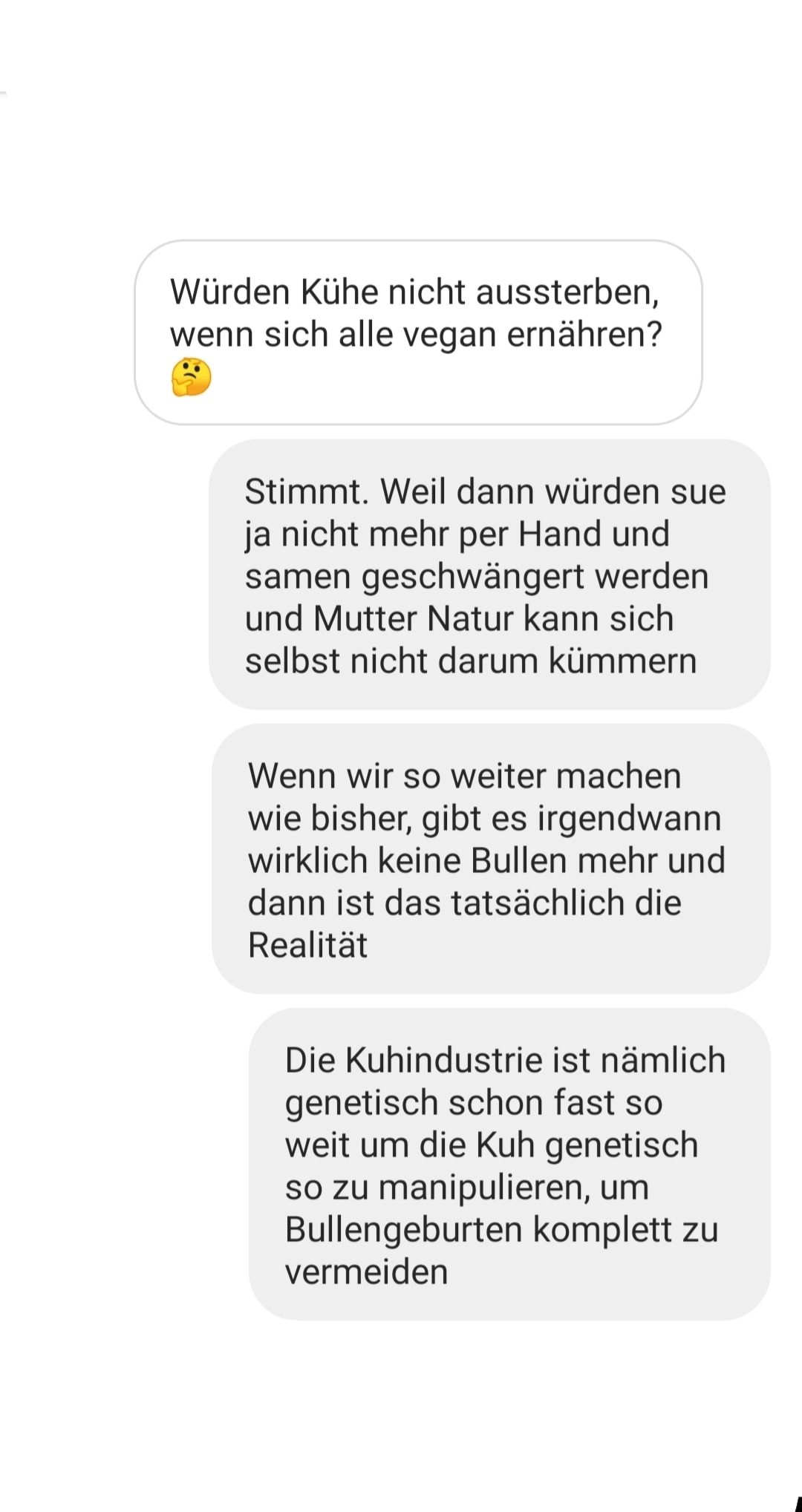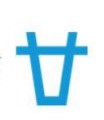Bulls?
Do we need them in the dairy industry?

How would you respond?
A friend of mine recently responded to a post in my Instagram story. It was some cow related post and he responded with this question: Wouldn’t cows extinct if we all changed to a vegan diet?
My response was: True. That means no cow would be inseminated per human hand and mother nature could take care of it herself. If we continue like this, we won’t have any bulls in the future which would they really would be extinct one day. The cow industry is able to map every gene of the cow and can genetically modify it in order to design the cow we humans need for our consumption and lifestyle. At least that is reality in the dairy industry. He replied that he didn’t know this before.
This conversation got me thinking: If he doesn’t know it then most of my friends probably don’t. Which is why I wanted to do more research on this topic.
Here are the facts: cows can only give milk if they have born a calf. To become pregnant they need to mate with a bull just like us humans. However, in the cattle and dairy industry we use artificial insemination (AI) in order to impregnate a cow. This happens with frozen semen and a forced stick up their vagina to place the semen inside of them. Bulls become irrelevant to the dairy industry because the semen of a bull (with great genes) is saved in a laboratory and then used for reproduction through artificial (handmade) insemination. I have experienced it myself on a farm and wrote down what happens in this blog post.
Bulls are used for two things: beef & reproduction. However, they have become irrelevant to the industry because the semen of a bull (with great genes) is saved in a laboratory and then used for reproduction through artificial (handmade) insemination and it is economically more efficiently to have a reproductive cow.
We have come very far in our genetic research among cows and are able to scientifically mate the best genes in order to bread the most efficient animal on the planet. In the future we will be able to determine exactly which calf will be born from which mother and this data will be used for ‘precision management’ on modern dariy and cattle farms. The question is: can we determine exactly if a cow is more likely to give birth to a male or female calf?
According to Mauren O’Hagan almost nine million dairy cows in the US come from two bulls from the 1960’s (O’Hagan, 2019). This research focuses on Holsteins (black and white dairy cow) and showcases that this species would be about to distinct if it was a wild animal because it is an inbred family. There is a reason why it is against the law to sleep with your brother. Somehow, we disregard that knowledge if it comes to cows due to the pursue of the perfect milk cow.
The industry listened to us consumers and is presenting us the perfect cow:
“Over the last 70 years or so, humans have introduced a variety of methods to ramp up production even further. In 1950, for example, a single dairy cow produced about 5,300 pounds of milk a year. Today, the average Holstein is producing more than 23,000. In 2017, a prize-winning cow named Selz-Pralle Aftershock 3918 cranked out 78,170 pounds of milk—more than 200 pounds every single day.” (O’Hagan, 2019).
It is not only the production but also the looks that we changed through AI. It’s no secret that farmers struggle econically these days. Therefore, it is understandable that they opt for the best semen to grow the best performing cows in order to supply our demand. To answer the question above: this means that eventually bulls will disappear, since we can freeze semen and are not dependent on 98% of all bulls.
Nevertheless, there are scientists who are looking into new ways of genetics in order to find new ways of leaving the cycle of inbreding among cows. However, there is still a long road to go. In the meantime we can consider our consumption and choose for alternatives like vegan dairy products.
Thanks for reading.
Love,
Marlena
